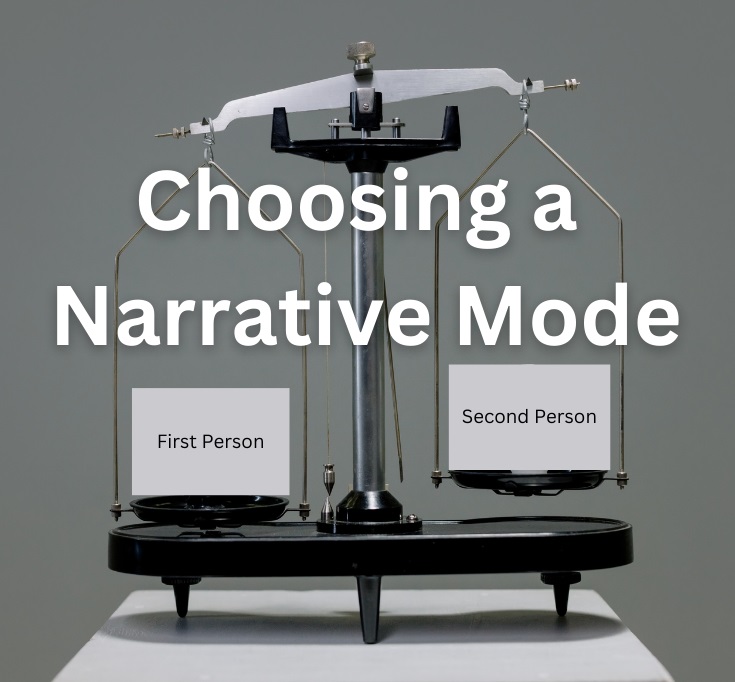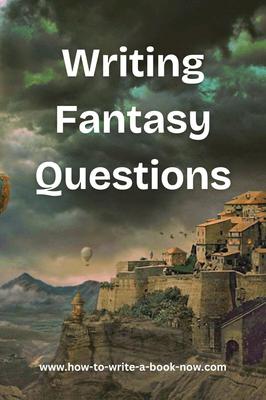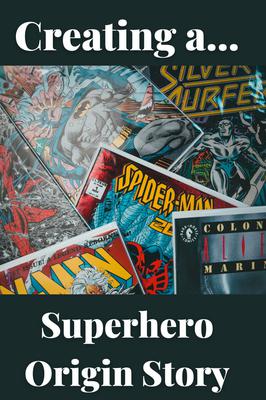Introducing The Protagonist
by Kay
(Grand Rapids, MI)
Question:Does the Protagonist have to be introduced before any other character?
Answer: The short answer is no, though introducing the protagonist in the first chapter is often an effective strategy.
The word "protagonist," which comes from the ancient Greek dramatic tradition, literally means "first actor." In that sense, you can define the protagonist as the character whose decision or action gets the plot moving. On the other hand, Dramatica defines the protagonist as the character who pursues the story goal or, in cases where a group of people seem to be pursuing the goal, the character who takes the lead role in the pursuit. The protagonist is also the character who considers or weighs up the importance of attaining the story goal.
Obviously, there are many stories that begin by introducing the protagonist with an event in which they decide something must be done or take the first step towards doing it. However, that is not your only option.
For instance, there are stories that begin with the villain deciding upon a plan or taking the first step towards a nefarious goal. The “hero” will still be the character who considers the goal – in this case, considering how bad things will be if the villain succeeds. But he or she will take on the antagonist's traditional role of attempting to avoid the story goal (or thwart the evil plan). In this type of story, you may introduce the villain before the hero.
Note that, if you are going to introduce the villain first, there is a danger the reader will think the villain is the main character. For this reason, you may want to introduce the villain in a prologue, then introduce the main character in chapter one.
You also have the challenge choosing a narrative “point of view” and who your main character will be. The main character is often introduced first because it is from his/her perspective that the story is being told. But the main character may not be the
Then again, you may introduce your main character by describing the first time he/she encounters or hears about your impact character. In such cases, even though you are telling the story from the main character's perspective, it is the impact character the reader learns about first -- or perhaps they are introduced at the same time. (Note that the impact character may or may not be the antagonist.)
As you can see, the choices are many and thinking about them can be confusing. Obviously, if the main character is also the protagonist, that makes everything easy. (Huckleberry Finn is a good example of this.) However, that might not be right for the story you want to tell. Only you can decide where to begin the story and which characters to introduce first.
Dramatica does offer one bit of advice. It says that it is often best to start telling the story from the perspective of the main or principle-point-of-view character (whether or not they are the protagonist) because readers tend to latch onto the first point-of-view (POV) character they are introduced to. They can find it jarring to discover later that a different character is the real main character.
However, there are also successful novels that defy that rule and begin in the POV of a minor character. For instance, Harry Potter and the Philosopher's Stone begins in the POV of Vernon Dursley on the day that Harry's parents are killed. The novel switches to Harry's POV later, as Harry nears his eleventh birthday. The reason for this choice (I believe) is that when Harry first appears in the story he is only a baby, which would make him a poor choice for a POV character.
- Home
- Character Questions
- Introducing The Protagonist














